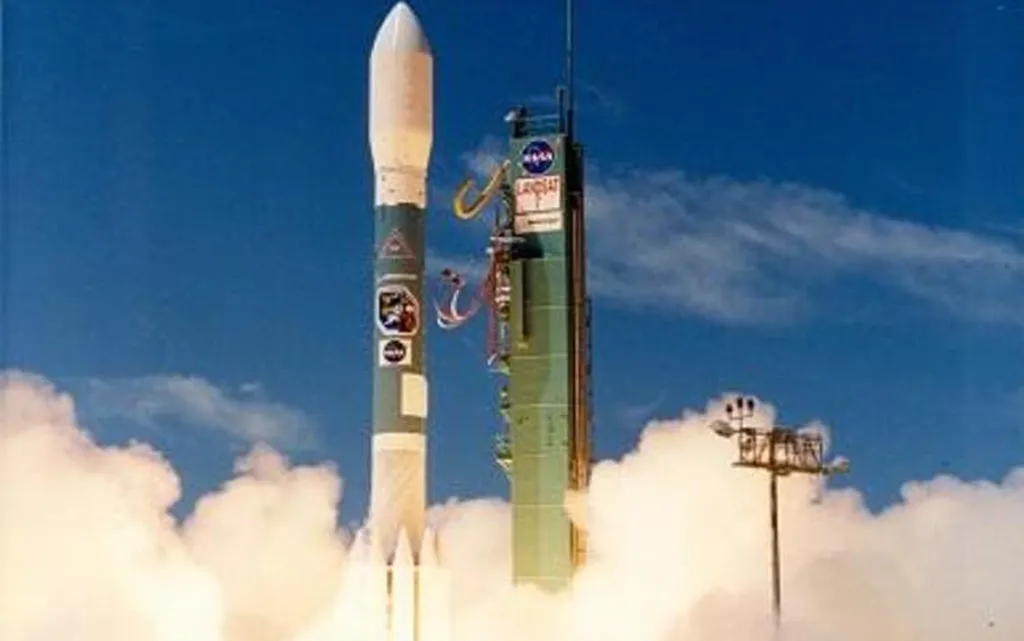In the heart of the Pacific Northwest, where the rolling hills of the Walla Walla Valley straddle the Oregon-Washington border, a silent threat lurks beneath the soil, endangering wheat crops. Soil-borne mosaic wheat virus (SBWMV) is a stealthy adversary, its symptoms varying widely depending on local environmental conditions, making it a formidable challenge for farmers and agronomists alike. However, a groundbreaking study led by Xue Hou from the School of Computer and Information Technology at Shanxi University in China is leveraging the power of artificial intelligence to transform how we detect and manage this pervasive plant disease.
Hou and his team have developed an innovative AI-driven model that treats each planting plot as an independent decision-maker, providing its own assessments of disease severity. This approach, known as large-scale group decision-making (LSGDM), reflects the spatial heterogeneity of the disease and offers a structured way to reconcile divergent evaluations. “By modeling each plot as a virtual decision-maker, we can capture the nuances of disease expression across different regions,” Hou explains. This method not only enhances the accuracy of disease detection but also provides a robust framework for making informed agricultural decisions.
The model employs a multi-faceted approach to achieve this. First, field observations of infection symptoms are recorded and represented using intuitionistic fuzzy numbers (IFNs) to account for the uncertainty inherent in disease detection. Next, a Bayesian graph convolutional networks model (Bayesian-GCN) is used to construct a spatial trust propagation mechanism, inferring missing trust values and preserving regional dependencies. This step is crucial for understanding how the disease spreads and manifests in different areas.
Once the data is collected and processed, an enhanced spectral clustering method groups plots with similar symptoms and assessment behaviors. This clustering allows for a more targeted and efficient approach to disease management. Finally, a feedback mechanism is introduced to iteratively adjust plot-level evaluations based on a set of defined agricultural decision indicators using a multi-granulation rough set (ADISs-MGRS). This iterative process ensures that the final rankings of candidate plots are based on a consensus, providing an interpretable and evidence-based foundation for targeted prevention strategies.
The study, published in the journal ‘Plants’ (translated from Chinese as ‘植物’), demonstrates that the AI-driven LSGDM model outperforms traditional models in terms of consensus efficiency and decision robustness. This is a significant advancement, as it provides valuable support for multi-party decision-making in complex agricultural contexts. The implications of this research are far-reaching, particularly for the energy sector, where bioenergy crops are increasingly important. Accurate disease detection and management can lead to higher yields and more sustainable agricultural practices, ultimately contributing to a more secure and efficient energy supply.
Hou’s research highlights the potential of AI to revolutionize agriculture. By integrating enhanced spectral clustering and ADISs-MGRS feedback mechanisms, the model offers a powerful tool for detecting and managing plant diseases. This not only benefits farmers and agronomists but also has broader implications for food security and energy production. As Hou notes, “This approach can be applied to other crops and regions, providing a scalable solution for disease management in agriculture.”
The study’s findings are a testament to the transformative power of AI in agriculture. By harnessing the capabilities of advanced algorithms and data-driven models, we can better understand and manage the complexities of plant diseases. This research paves the way for future developments in agricultural AI, offering new possibilities for sustainable and efficient farming practices. As we continue to face the challenges of a changing climate and growing global population, innovations like Hou’s AI-driven model will be crucial in ensuring food security and energy sustainability.

